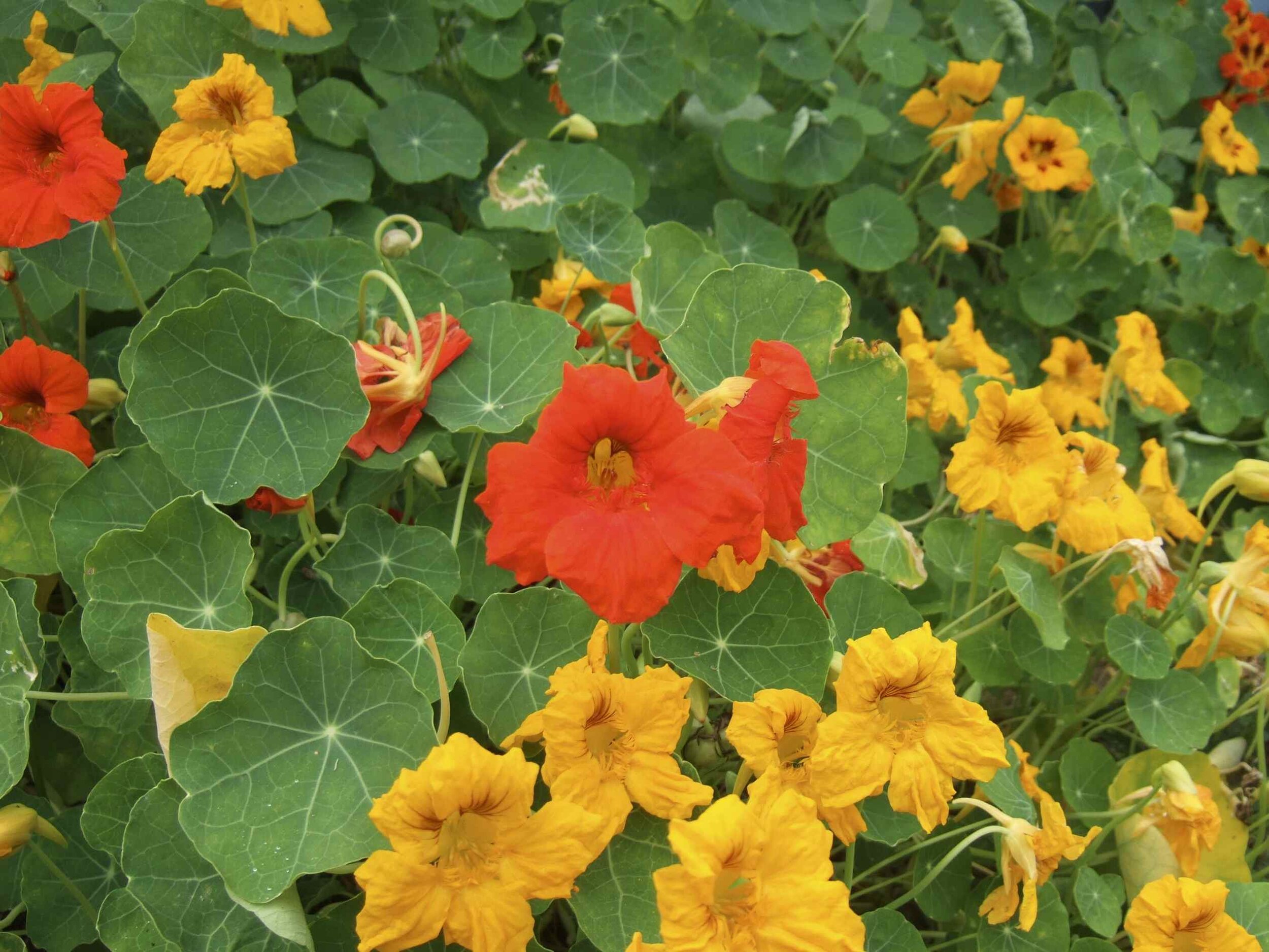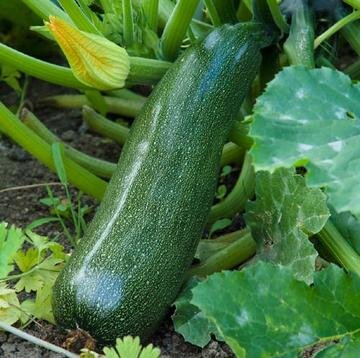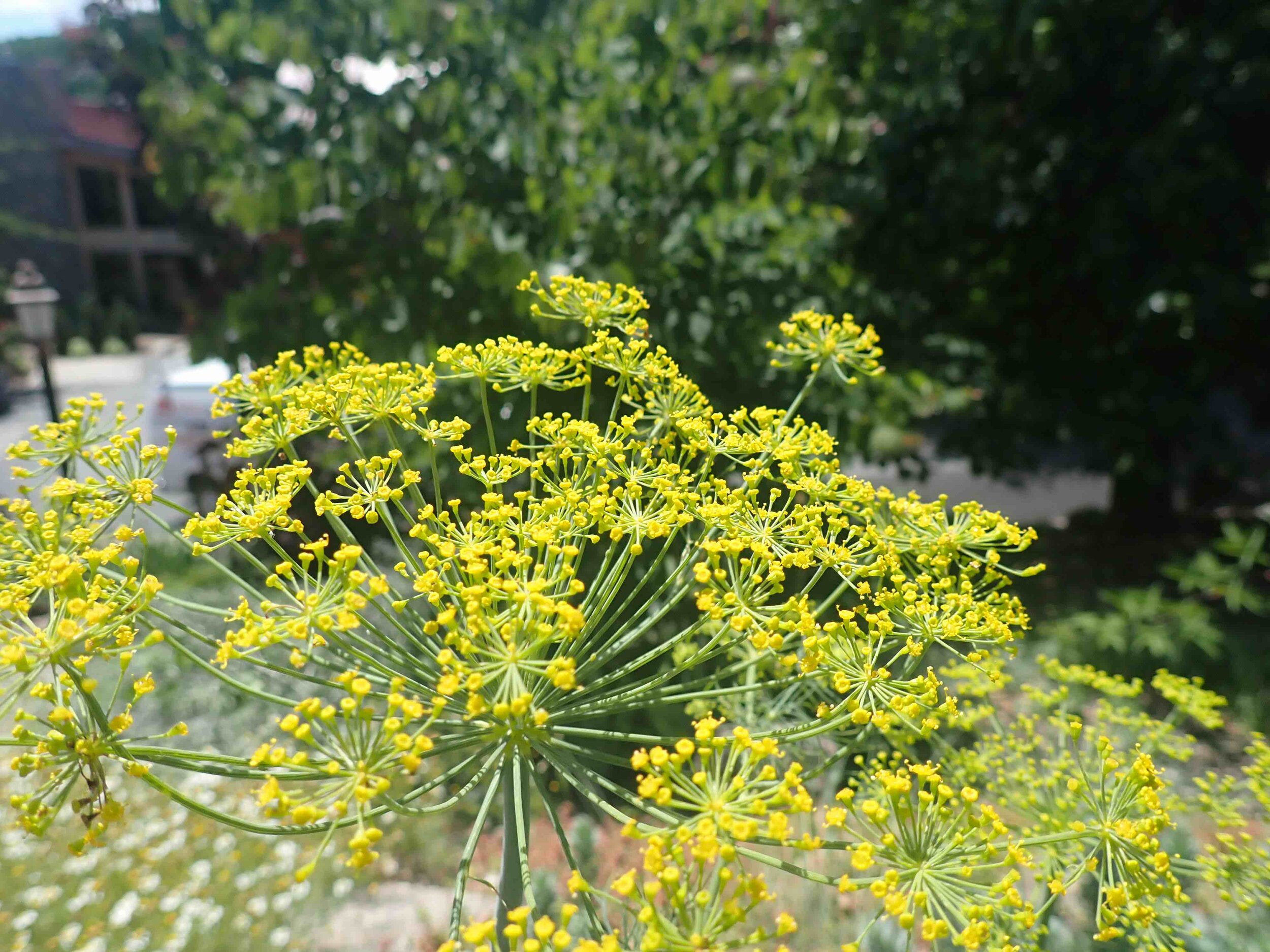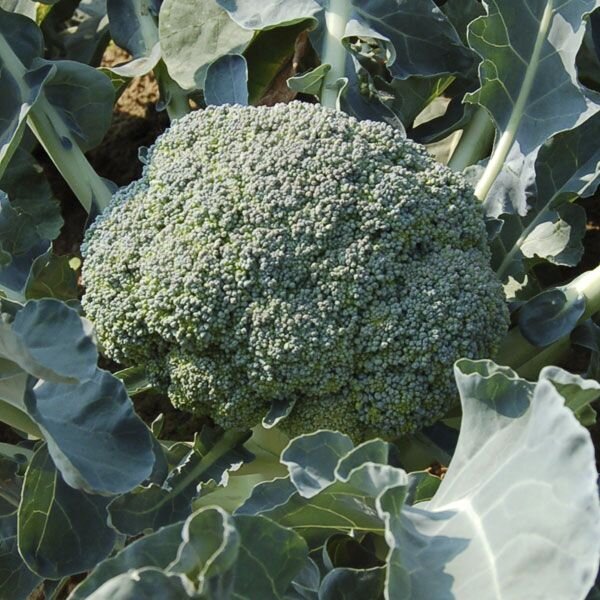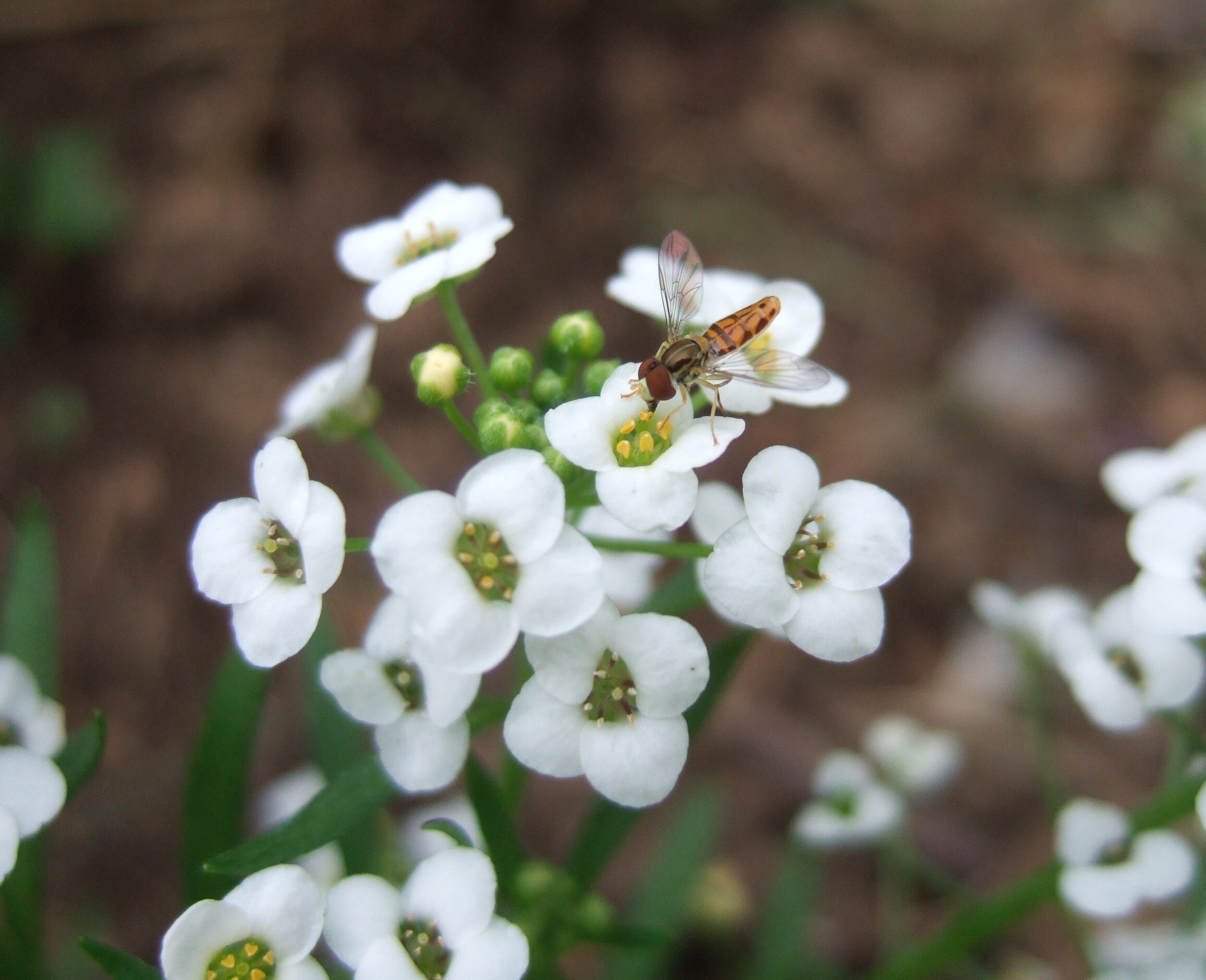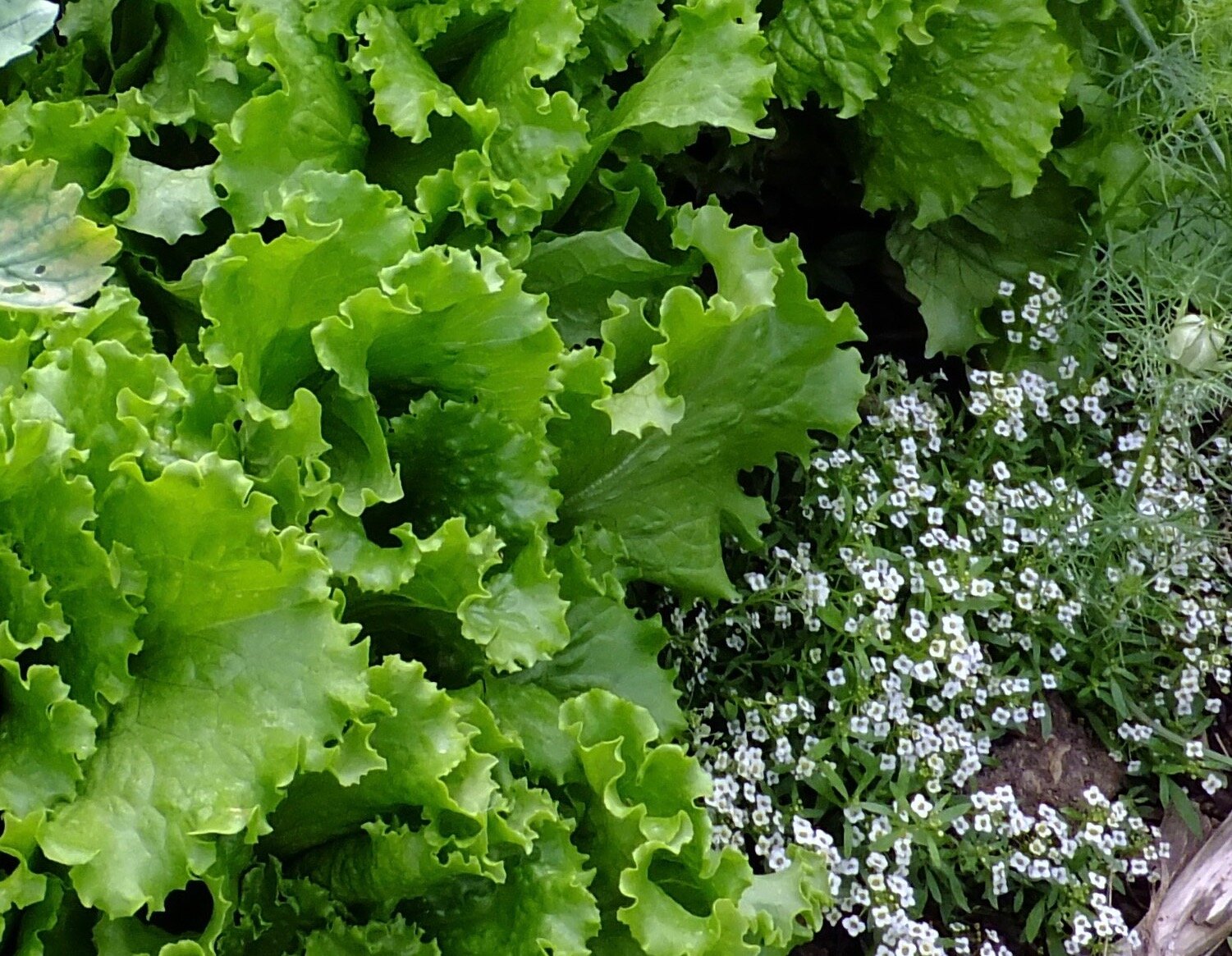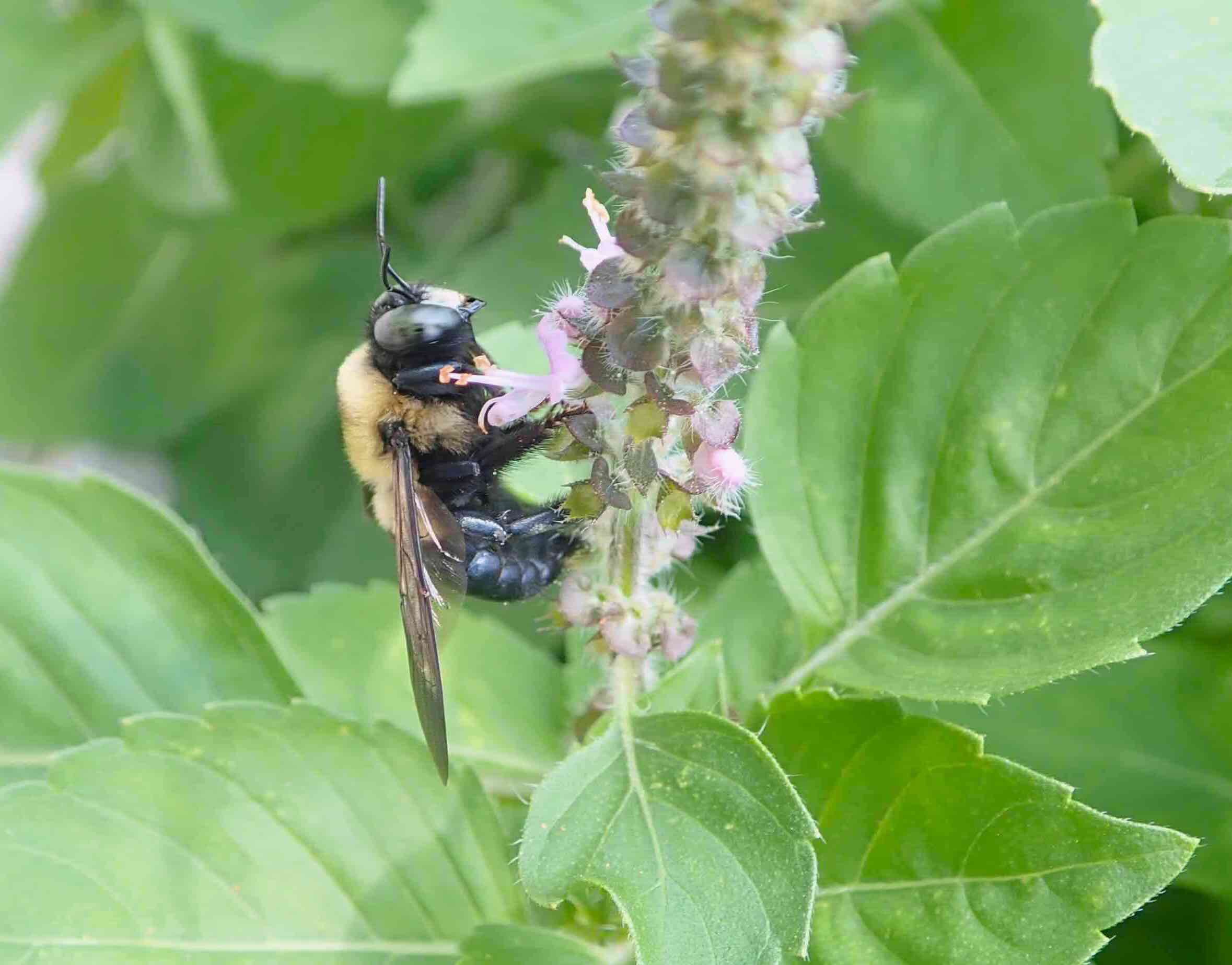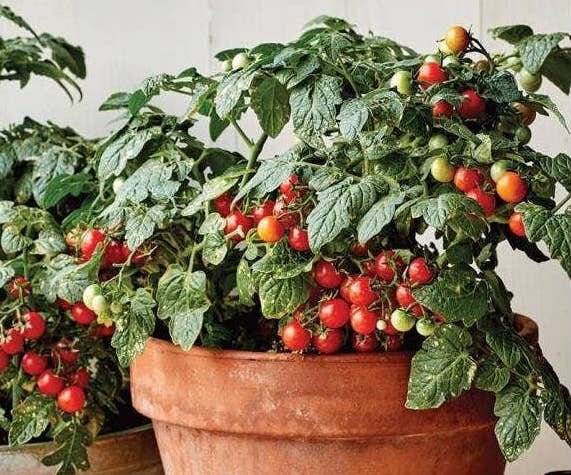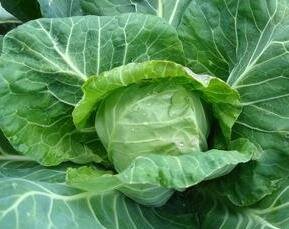Vegetable-Flower Partners
Flowers and vegetables belong together, for a number of reasons. Blooming plants will beautify your food garden while attracting pollinators and other beneficial insects that will keep your vegetable plants healthy and productive. Here are five flower-vegetable combinations to try:
Nasturtiums and Zucchini
Nasturtiums (Tropaeolum majus) will meander beautifully though a garden patch, keeping weeds down and attracting pollinators. Plus, the flowers add a spicy kick to salads! Try partnering this rambunctious rambler with zucchini, or another robust grower.
Dill and Brassicas (Broccoli, Kale, and Cabbage)
Dill (Anethum graveolens) attracts beneficial insects, including tiny wasp parasitoids that prey on cabbageworms. This attractive addition to the vegetable garden has edible foliage, flowers, and seeds.
Sweet Alyssum and Lettuce
California lettuce growers have found that planting sweet alyssum (Lobularia maritima) with lettuce protects their crops from aphids. Sweet alyssum attracts syrphid flies, the larvae of which are voracious aphid eaters. Plant this useful beauty throughout your garden for all season aphid control.
Tomatoes and Basil
This pairing is a natural in the kitchen and in the garden. Use basil (Ocimum spp.) leaves in tomato sauces or salads. When the plants flower—and some basil varieties are bred for their attractive blooms—they attract bumblebees. This is an asset in a tomato patch, as the bees “buzz pollinate” tomato flowers, causing the anthers to release pollen. Try planting basil and tomatoes in side-by side-containers.
Cabbage and Chamomile
Because German chamomile (Matricaria chamomilla) blooms early and remains in bloom for several weeks, it’s a magnet for early season pollinators and beneficial insects. It adds interest and color to the spring and early summer garden, and attracts wasp parasitoids that prey on cabbage pests.

